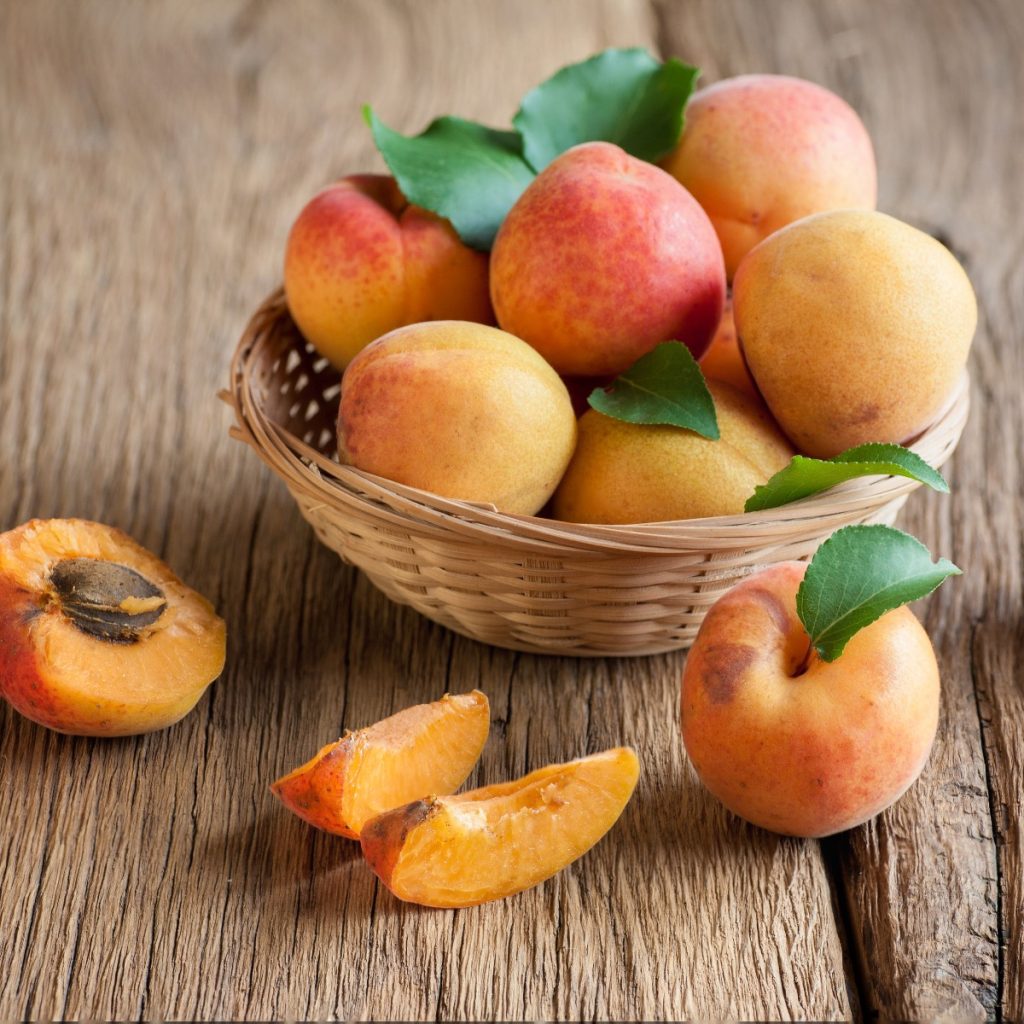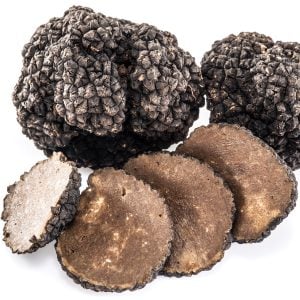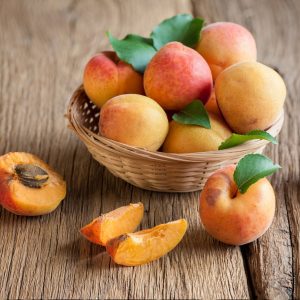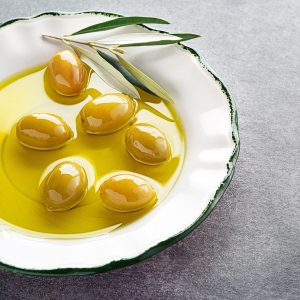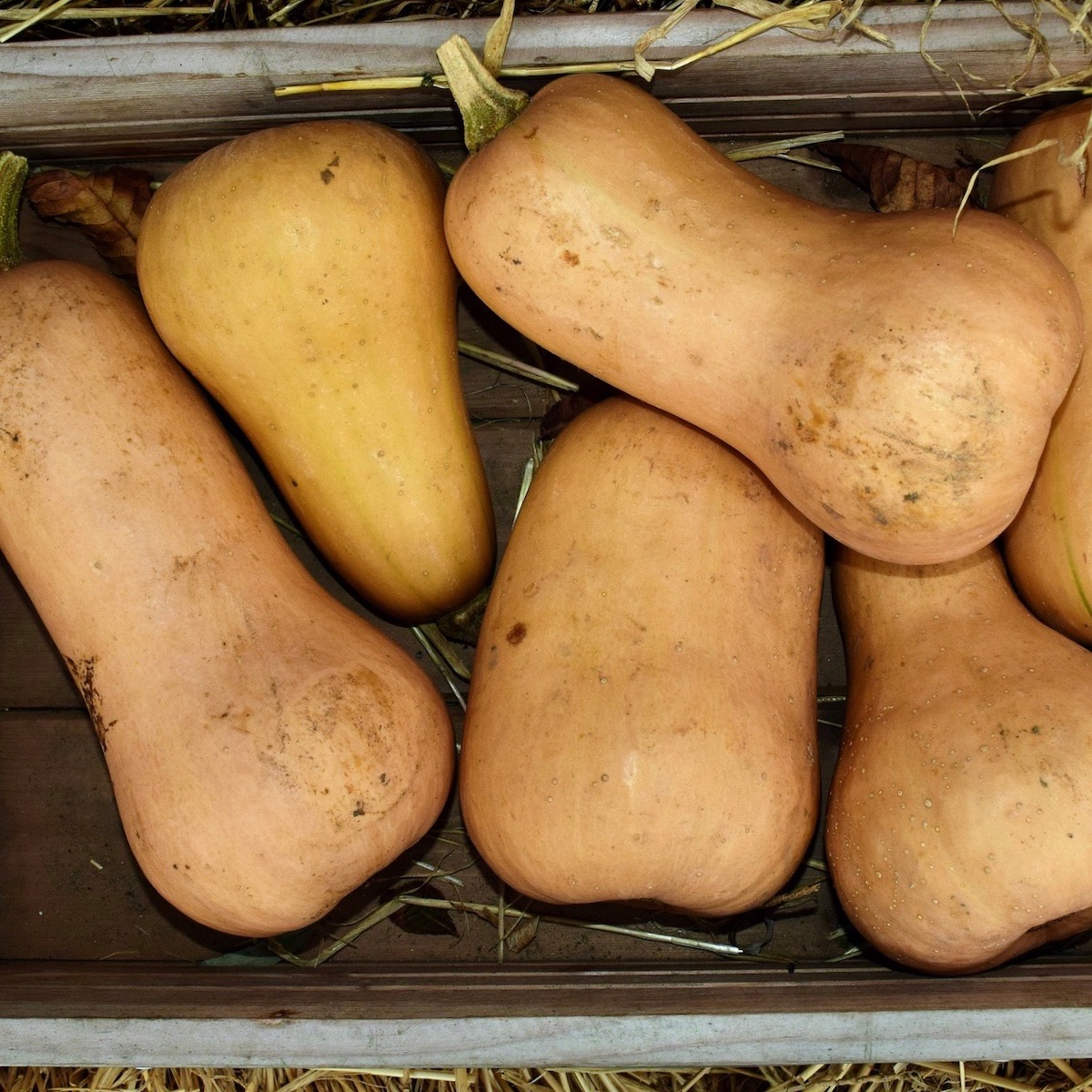Apricots Are A Very Versatile Fruit
Apricots are a beloved fruit worldwide for their golden glow and delightful taste. They’re a must-have during summer, when they’re at their peak, or they’re dried to keep their vibrant flavor all year round.
They have a unique trick up their sleeves – they’re a perfect blend of tart and sweet, making them a versatile ingredient in both sweet and savory dishes. They pair well with meats, pastries, and salads, adding a burst of color and a refreshing taste that goes with everything.
In the kitchen, apricots come in handy for making all sorts of yummy treats. They’re turned into glazes, jams, and compotes, which can be drizzled over dishes to give them a more profound, sweeter flavor.
When made into a glaze, apricots are simmered with sugar, spices, and sometimes a squeeze of lemon juice to bring out their natural sweetness. This glaze is perfect for roasting meats and pastries or using marinades to add a subtle, caramelized finish. Slow cooking intensifies the apricots’ flavors, and a rich, glossy glaze is created that makes any dish it touches look and taste amazing.
About Apricots
Apricots are a type of fruit belonging to the rose family native to China. They are small, round, and yellow or orange when ripe, with a soft and velvety texture. Apricots have a sweet and slightly tart flavor, and they are often used in cooking and baking.
They have a thin, easily bruised skin, so they are often treated with a wax coating to protect them during shipping. They are typically available from spring to early summer, and they are often consumed fresh or dried.
Dried apricots are made by removing the moisture from fresh apricots, and they have a chewy texture and a more intense flavor than fresh apricots.
A Little Apricot History
Apricots are native to China and have been cultivated there for thousands of years. They are mentioned in ancient Chinese texts as far back as 2500 BC, and they were believed to have medicinal properties. Apricots were also grown in the Middle East and were mentioned in the Bible as one of the seven species of crops that were abundant in the land of Israel.
Apricots were introduced to Europe by the Romans, and they quickly became popular in many parts of the continent. During the Middle Ages, apricots were grown in monasteries and were used to make jams and preserve the fruit for the winter months. Apricots were also grown in the Mediterranean region, and they were an important food source for the people of Greece and Rome.
In the 16th century, Spanish explorers introduced apricots to the New World, and they were grown in Mexico and Central America. In the 19th century, apricots were introduced to California, quickly becoming a popular crop in the state. Today, apricots are grown in many parts of the world, including Europe, Asia, the Middle East, and North America. They are a popular fruit enjoyed fresh, dried, and in various cooked dishes.
Nutritional Benefits
One of the most notable nutritional benefits of apricots is their high content of beta-carotene, a type of antioxidant that is converted into vitamin A in the body. Vitamin A is important for maintaining healthy skin, eyesight, and immune function. Apricots are also a good source of fiber, which can help support digestive health and regulate blood sugar levels.
Apricots are also rich in antioxidants and other nutrients that may have a variety of health benefits. Some studies have suggested that apricots may help to reduce the risk of certain types of cancer, lower cholesterol levels, and reduce inflammation.
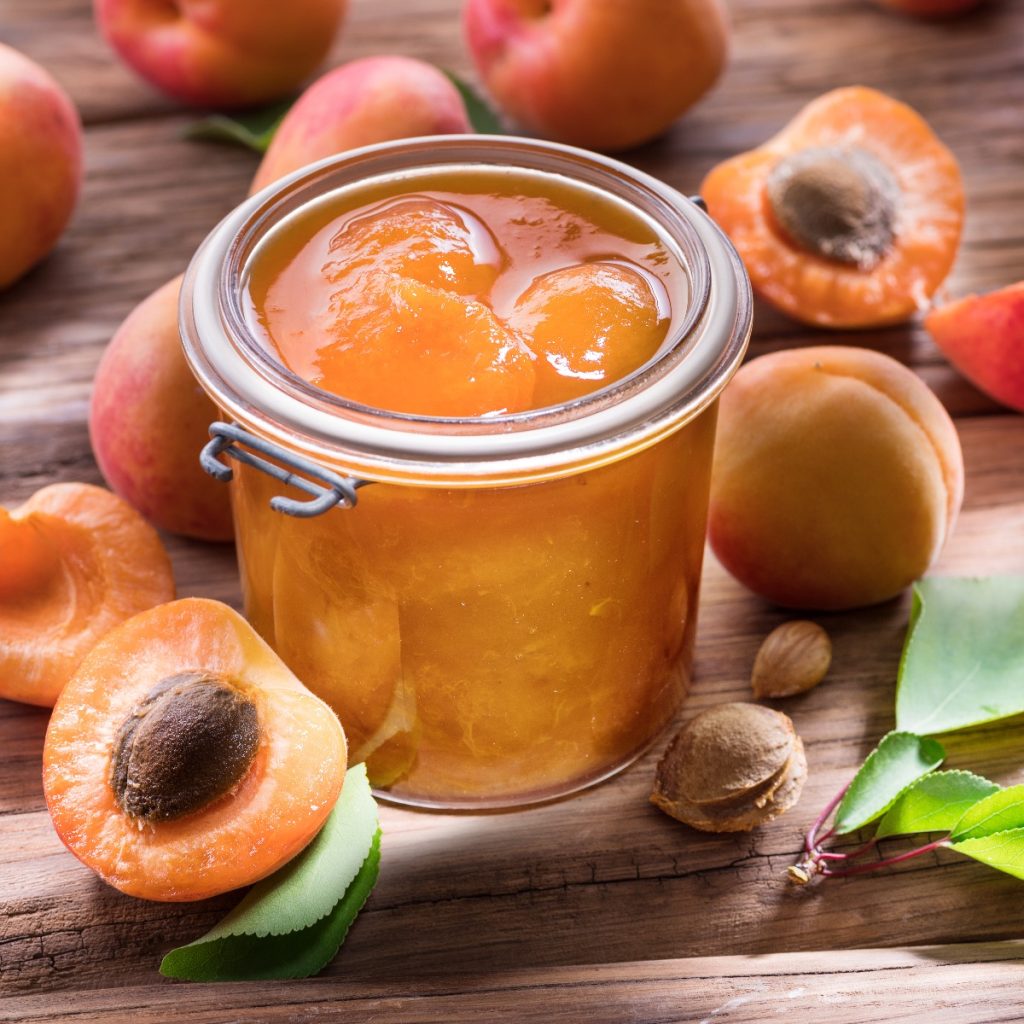
How They Can Be Used
There are many ways to incorporate apricots into your diet. Fresh apricots can be sliced and added to salads, or they can be used as a topping for yogurt or oatmeal. Dried apricots can be used in a variety of recipes, including trail mix, granola bars, and baked goods. Apricots can also be used to make jams, jellies, and chutneys, or they can be grilled and served as a savory side dish.
In addition to their culinary uses, apricots have a long history of medicinal use. In traditional Chinese medicine, apricots were believed to have properties that could help strengthen the spleen, regulate digestion, and improve the appearance of the skin.
Varieties
There are several varieties, including the Chinese, the Syrian, and the Turkish. Each type has its own unique flavor and characteristics, and they are grown in different parts of the world. The Chinese apricot is the most widely cultivated variety, and it is known for its sweet and juicy flesh. The Syrian apricot is slightly smaller and has a drier, more acidic flavor. The Turkish apricot is larger and has a sweeter flavor than the Chinese or Syrian varieties.
They are a delicious and nutritious fruit with a long history of being enjoyed by people worldwide. They are versatile ingredients that can be used in various dishes, and they are also believed to have a number of potential health benefits. Whether you enjoy them fresh, dried, or cooked, apricots are a tasty and nutritious addition to any diet.
Cooking with Apricots
They are a versatile fruit that can be used in various dishes. Here are some ideas for cooking with apricots:
- Fresh apricots can be sliced and added to salads or used as a topping for yogurt or oatmeal.
- Dried apricots can be used in various recipes, including trail mix, granola bars, and baked goods. They can also be soaked in water or juice to soften them before using in recipes.
- They can be used to make jams, jellies, and chutneys. These spreads can be used on toast, sandwiches, or as a topping for ice cream or yogurt.
- Apricots can be grilled and served as a savory side dish. They can be marinated in a mixture of oil, vinegar, and herbs, and then grilled until tender. Grilled apricots are delicious served alongside meats, poultry, or vegetables.
- They can be baked into desserts like pies, tarts, or cobblers. They can also be used to make cakes, cookies, and other baked goods.
- Fresh apricots can be pureed and used as a sauce or topping for ice cream, yogurt, or pancakes.
- They can add flavor and sweetness to savory dishes, such as pork or chicken. They can be diced and added to the cooking liquid or used as a topping for the finished dish.
- Fresh apricots can be frozen for use in smoothies or other cold drinks. They can also be diced and added to cocktails or mocktails for a refreshing, fruity flavor.
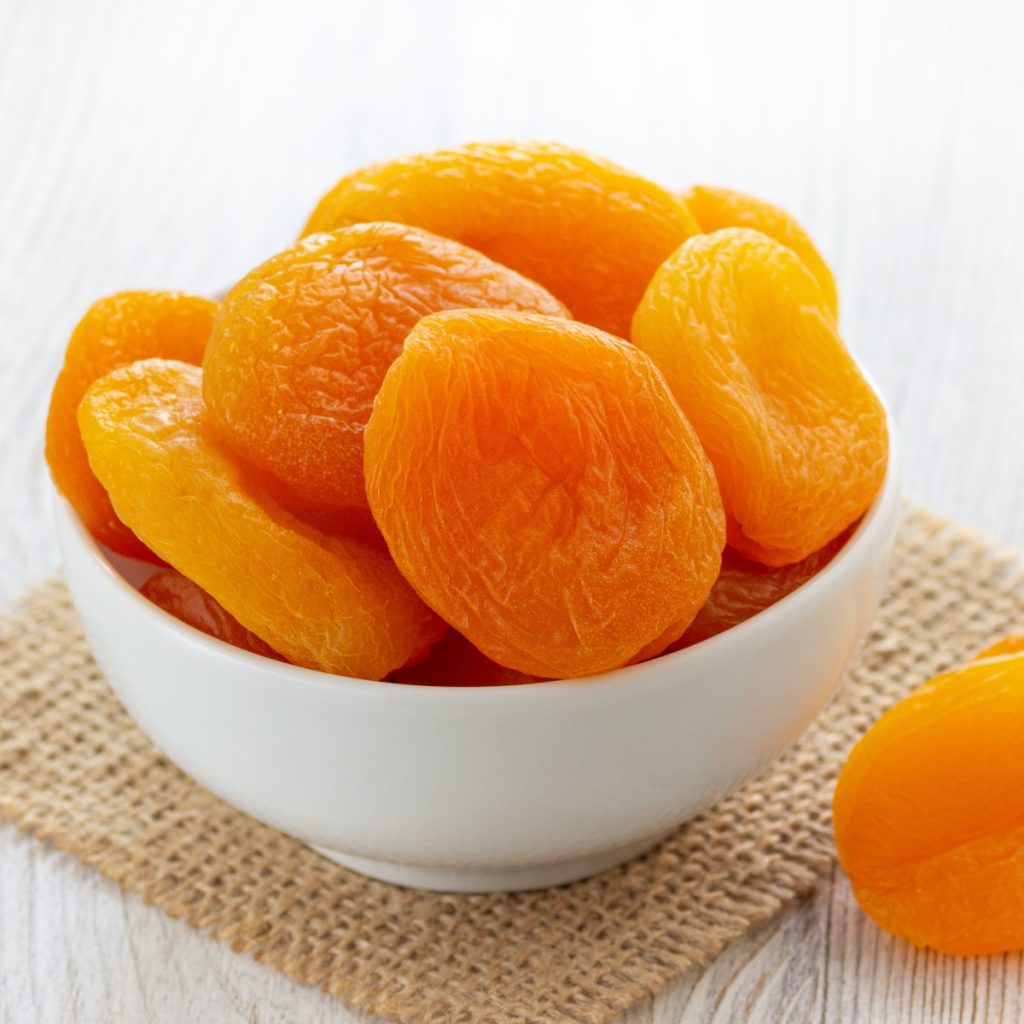
Dried Apricots
Dried apricots are made by removing the moisture from fresh apricots, and they have a chewy texture and a more intense flavor than fresh apricots. There are many ways to use dried apricots in cooking and baking:
- Dried apricots can be eaten as snacks or added to trail mix or granola bars for a burst of flavor and nutrition.
- Dried apricots can be used in baking recipes, such as cookies, bars, and cakes. They can be chopped and added to the dough or used as a topping or filling for baked goods.
- Dried apricots can add flavor and sweetness to savory dishes such as pork, chicken, or lamb. They can be diced and added to the cooking liquid or used as a topping for the finished dish.
- Dried apricots can be soaked in water or juice to soften them before using in recipes. This is a good option if you want to use them in a recipe that calls for fresh apricots but don’t have any available.
- Dried apricots can be used to make compotes or chutneys, which are sweet and savory spreads that can be served with meats or cheeses.
- Dried apricots can be used to make a simple and refreshing dessert by soaking them in a mixture of water and sugar, and then serving them with a dollop of whipped cream or ice cream.
Apricot Glaze Recipe
Ingredients
- 1 cup apricot preserves
- 1 tablespoon water
- 1 tablespoon corn syrup
Instructions
- In a small saucepan, combine the apricot preserve, water, and corn syrup.
- Heat the mixture over medium heat, stirring occasionally, until it comes to a simmer.
- Reduce the heat to low and simmer for 5 minutes, or until the mixture has thickened slightly.
- Remove the pan from the heat and let the glaze cool to room temperature.
- Once the glaze has cooled, it can be used to glaze cakes, cookies, or other baked goods. Simply brush the glaze over the surface of the baked goods, or drizzle it over the top using a spoon or a pastry bag.

